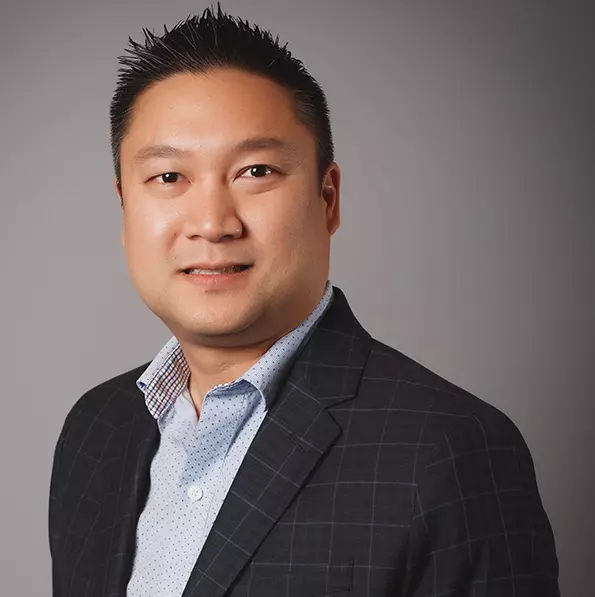Last week I got the opportunity to attend the Fall Summit of H-ISAC in San Diego. My first in-person H-ISAC event in two years. It was great to be back seeing so many familiar faces and meeting lots of new folks as well. Having spent more than a decade running security engineering and architecture at Dignity Health and other healthcare organizations, I take a great deal of pride in this particular conference because I attended as a member for years before joining the vendor side. I still have lots of friends and contacts that I look forward to catching up with and collaborating with on various cybersecurity topics. The healthcare community has very unique challenges compared to many other verticals. There’s also immense pressure when you think about the possibility of putting patients’ lives at risk for making a wrong decision or implementing controls so tight that it impacts their overall care. This applies to all areas of healthcare: providers, device manufacturers, biotechnology, or pharmaceutical companies.
In my discussions over the week at H-ISAC, there were some key and common topics among the various CISOs, security architects, and engineers. They all said they’re already moving data to the cloud or will be moving their organizations to further utilize cloud collaboration tools. Following my presentation on Continuous Adaptive Trust a few attendees wanted to talk about getting better visibility into data going to the cloud, whether it was managed or unmanaged. If we are going to manage risk, we need to be able to discover sensitive information and see the source/destination. What about user action, location, and device? That received a resounding “yes” from everyone I spoke to. This all led to conversations around SASE architecture.
Ransomware also seemed to be top of mind in many hallway conversations. With more than 500 healthcare organizations getting hit by ransomware in 2020, this should not be a surprise. We discussed everything from security awareness training for users to how these attacks are evolving into cloud-launched attacks. There was also lots of interest in remote browser isolation (RBI) and phishing detection inline on secure web gateways (SWG). We probably cannot eliminate this type of threat vector entirely, but with the right tools, we can limit risk in various ways. There is only so much training we can do and unfortunately, it only takes one unsuspecting click to fall victim to these nefarious actors.
One more hot topic was the lack of a talent pool. Many organizations have turned to internships and university recruiting, and for years, this is a pipeline I have been passionate about and have successfully utilized. It seems like the industry is also leveraging this avenue, but the talk has shifted to retaining employees beyond their initial career starting phase or recruiting more senior engineers and architects. For the time being, these roles are still difficult to fill and we hope the next generation can make that leap soon.
Overall, I found that healthcare security professionals are eager to talk about these challenges. Collaboration, networking, and sessions were in full swing. The H-ISAC committee did a great job putting together this event, but the real stars of this conference were the attendees and many presenters. I look forward to meeting back up with everyone again at the Spring Summit and hoping to make some more new friends there as well. I would enjoy having many more of these conversations with you. Feel free to connect with me here.




 Atrás
Atrás 
















 Lea el blog
Lea el blog